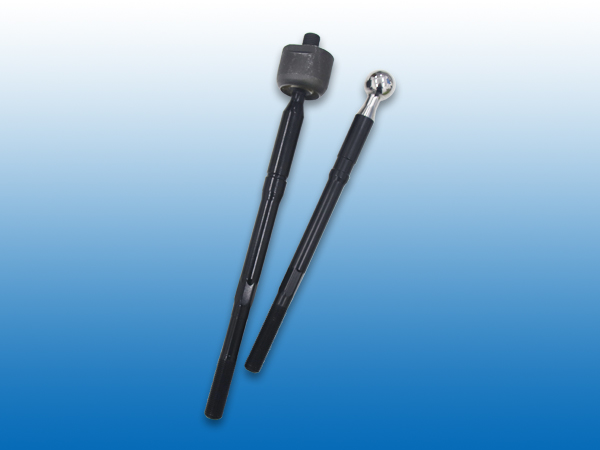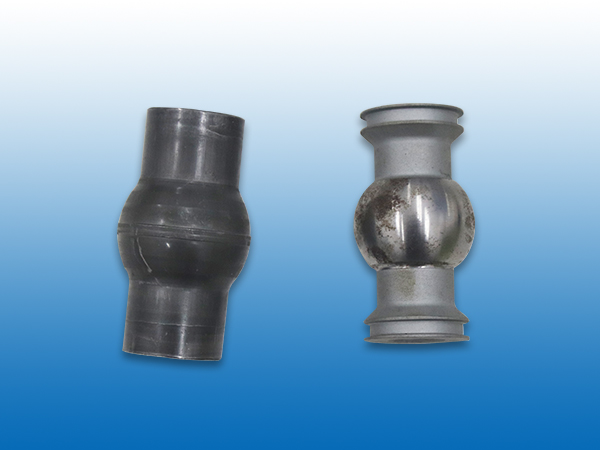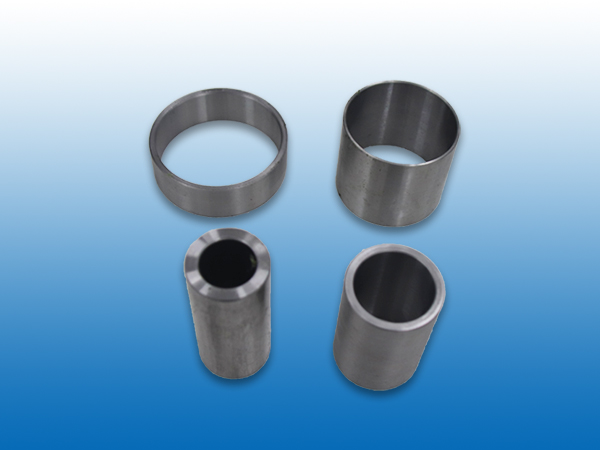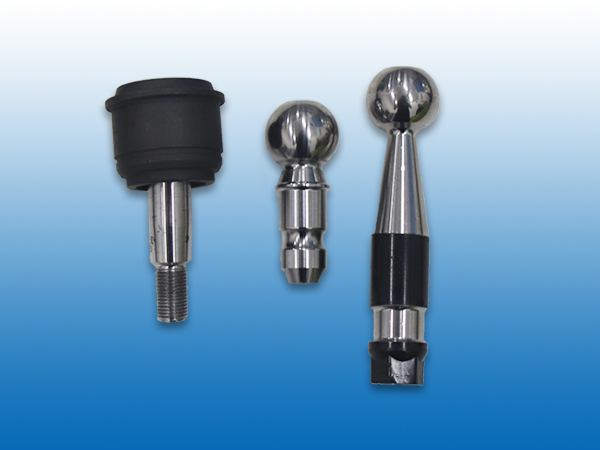How to tell the real car parts
The harm of low-quality car parts is self-evident. It is not only due to problems in craftsmanship and quality, but even endangers the safety of car owners and others in severe cases. However, driven by interests, it is still difficult to eliminate counterfeit accessories, leading to a mixed bag of good and bad in the entire industry. As a car owner, if you want to buy genuine original accessories in places like Auto Parts City, you must develop a pair of "eye-catching eyes".
The so-called counterfeit accessories are inevitably imitations of genuine accessories from the original factory, and they are also imitated as much as possible in terms of identification, packaging, and other details, so it is easy to confuse the public. Due to the low price and low quality nature of counterfeit products, they cannot be made as authentic in terms of sensory perception. Therefore, the first step in our identification is to identify them through these aspects. Genuine manufacturers produce accessories in bulk with standardized packaging, so packaging boxes also pay attention to quality and craftsmanship. If you see that the packaging of the accessories is blurry and the colors are dim, then nine out of ten are fake. In addition, the original accessories will be labeled with product information and manufacturer information on the packaging box (or bag), and there should be a certificate of conformity, inspection procedures, etc. inside the packaging. Counterfeiting products often try to save time in this regard.
The next step is to look at the accessories themselves and distinguish them from the quality of the craftsmanship, especially the details. Counterfeit accessories are subject to processing technology and often have rough details. Some accessories (such as brake pads) can also be "smelled", and they are often made of inferior materials, which can have a pungent odor, while genuine products do not. This type of counterfeit product is relatively easy to identify, as it appears to be very fake, and sometimes the seller may even say it is fake. I'm afraid of those fake accessories that put in a lot of effort on the surface, but use fake and inferior materials internally, which requires some professional knowledge.
Comparing with the genuine product is the most effective way of identification. The saying goes, 'If you're not afraid of not knowing the goods, you're afraid of comparing them'. Even if you make it look like a genuine counterfeit, it's impossible to make it exactly the same as the real one, because it increases manufacturing costs and thus loses the significance of making fake accessories. If conditions permit, real parts can be found for comparison when purchasing parts, but few people have such conditions, so we need to remember the characteristics of some commonly used parts in our cars.
Counterfeit products can almost achieve a level of authenticity to a large extent, and it is difficult for ordinary people to distinguish them without careful comparison with genuine products. To truly achieve the "golden eye", it requires very professional knowledge and rich experience, which is obviously a bit unrealistic for us ordinary car owners. Once a mistake is identified, the "tuition fee" paid is not just a matter of being deceived by the merchant, it can directly threaten driving safety and life and health. Therefore, for the vast majority of ordinary household car owners, the simple way to avoid the harm of counterfeit parts is to go to a 4S store for repair and maintenance.
推荐新闻
- ● 湖州球头销厂家科普球头销的寿命2025-09-10
- ● 嘉兴球头销厂家分享汽车转向球头的正确维护和润滑2025-09-06
- ● 浙江球头销厂家解答球头销的节距是否会影响使用寿命?2025-08-30
- ● 杭州球头销厂家:球头销节距是什么2025-08-23
- ● 杭州转向节主销厂家分享转向节主销坏了的影响2025-08-18
- ● 浙江汽车球头销厂家教你如何保养汽车转向球头2025-07-30






